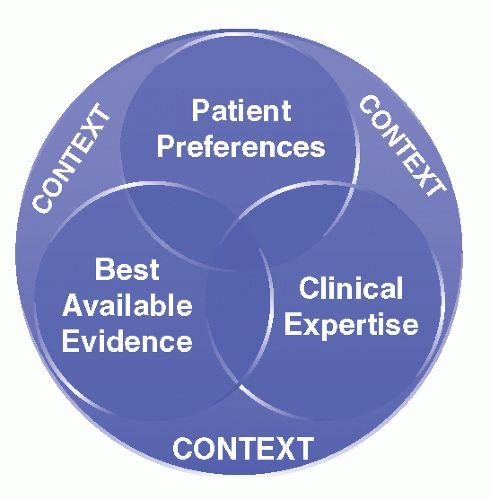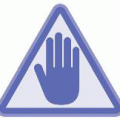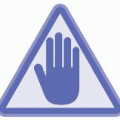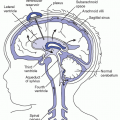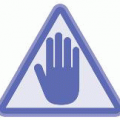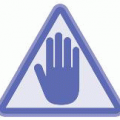Name of Model |
Reference |
Brief Description |
ACE Star Model of Knowledge Transformation |
Stevens, K.R. (2004). ACE Star Model of EBP: Knowledge transformation. Academic Center for Evidence-Based Practice. The University of Texas Health Science Center at San Antonio. www.acestar.uthscsa.edu |
Five stages of transforming knowledge into the clinical setting for practice use. Circular model. |
Iowa Model of Evidence-Based Practice to Promote Quality Care |
Titler, M.G., Kleiber, C., Steelman, V.J., Rakel, B.A., Budreau, G., Everett, L.Q., et al. (2001).
The Iowa model of evidence-based practice to promote quality care. Critical Care Nursing Clinics of North America, 13(4), 497-509. |
Decision tree starting with triggers to action. Facilitates decisions to use the evidence or to conduct research. |
Johns Hopkins Evidence-Based Practice Model |
Dearholt, S., & Dang, D. (2012). Johns Hopkins nursing evidence based practice model and guidelines (2nd ed.). Indianapolis, IN: Sigma Theta Tau. |
Focuses on best available evidence; multidisciplinary approach. Provides tools for EBP use. |
Model for Change to Evidence-Based Practice |
Rosswurm, M.A., & Larrabee, J.H. (1999). A model for change to evidence-based practice.
Image: Journal of Nursing Scholarship, 31, 317-322. |
Linear model of six steps is explained to guide nurses through the EBP process. |
PARiHS (Promoting Action on Research Implementation in Health Services) |
National Collaborating Centre for Methods and Tools. (2011). PARiHS framework for implementing research into practice. Hamilton, ON: McMaster University. http://www.nccmt.ca/registry/view/eng/85.html.
Based on:
Kitson, A., Harvey, G., & McCormack, B. (1998). Enabling the implementation of evidence based practice: A conceptual framework. Quality in Health Care, 7, 149-158. |
Provides a method to implement research into practice. Identifies three key elements for knowledge translation: Evidence (E), Context (C), and Facilitation (F). It emphasizes that successful implementation of evidence into practice is related to context or the setting where the new evidence is being introduced as the quality of the evidence. |
Steps of the EBP Process Leading to High-Quality Healthcare and Best Patient Outcomes |
Melnyk, B., & Fineout-Overholt, E. (2011). Evidence-based practice in nursing & healthcare: A guide to best practice (2nd ed.) (p. 16). New York, NY: Wolters Kluwer/Lippincott Williams & Wilkins. |
Decision tree with six key steps for implementing an EBP project. |
Stetler Model |
Stetler, C.B. (2001). Updating the Stetler model of research utilization to facilitate evidencebased practice. Nursing Outlook, 49, 272-279. |
Model helps to “focus on a series of judgmental activities about the appropriateness, desirability, feasibility, and manner of using research findings in an individual’s or group’s practice” (p. 272). |



